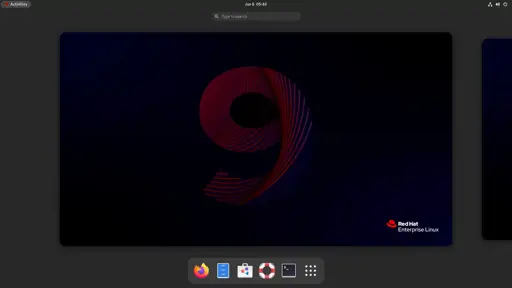

Actually, FLOSS is more precise, given the “L” coming from “libre” in castilian (spanish now a days) referring explicitly to freedom. But it so happen open source != free/libre software, therefore open source usually disregard the philosophic aspect of freedom, which might turn against the users interest, which is what GNU guys were trying to prevent all along, because focusing in the practical aspects, without any concern on the principals behind, actually do have implications on the software itself and its usage.









Is there any overlap between already FLOSS applications, whether for mobile (F-Droid for example) or desktop/laptop (GNU+linux for example) and this catalog? Known to date FLOSS applications coming from everywhere, Jami sources for example comes from France and the application is peer-to-peer, XMMP standard protocol specification is governed by the IETF XMPP working group having members from different countries and servers/clients open sources from different people and servers actually all over the world or self hosted… In other words, I don’t know if having an European catalog is what really matters.
In my mind, no matter where you live, if you want your freedom[s] respected, you should prefer free/libre software, or at least open source, though in the later case it can be tweaked in ways ignored by you which might be dangerous or might not. If wanting privacy related applications, then the prior is a must but on top of that e2ee encryption is required, as minimal as possible personal information leakage, and hopefully using distributed applications mainly peer-to-peer though at least decentralized ones (hopefully self-hosting), and also security wise being externally audited if possible. I understand the EU requires the data to be stored and kept only within the EU, but that doesn’t guarantees privacy any ways, and we should learn that the best is not to trust our information to anyone, and better use peer-to-peer whenever possible or zero trust mechanisms with everything encrypted (protecting the user, not the spying mechanisms so called zero-trust, like falcon-sensor).
So I’m a bit confused by people trusting a state or supra-state backed catalogs, when FLOSS should be what conscious users should be looking for. Interoperability is what really resonates to me, but open standards (open document standard comes to mind for example) if used or for example a simple particular version of markdown (the pandoc one for example) and so on, should guarantee that…